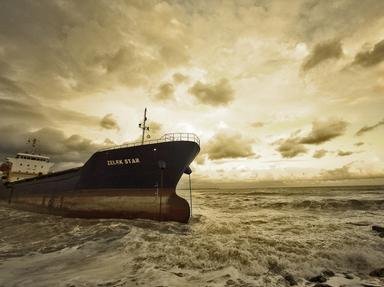
Maritime Accidents: Going Down in History Quiz
In this quiz, we will recall 10 maritime accidents that had a great impact, either due to the number of victims, environmental impacts, or due to other tragic historical consequences. This quiz requires you to rank these accidents in chronological order.
An ordering quiz
by masfon.
Estimated time: 3 mins.